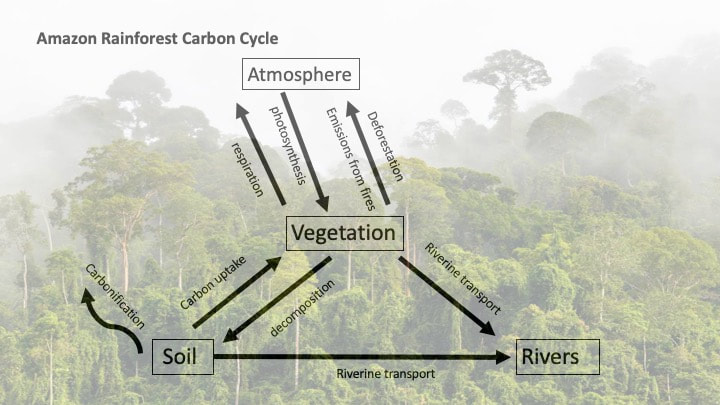
- ENVIRONMENTAL SYSTEMS AND SOCIETIES TEXTBOOK CHAPTER 2 FULL
- ENVIRONMENTAL SYSTEMS AND SOCIETIES TEXTBOOK CHAPTER 2 PROFESSIONAL
Explain how human activities have impacted these cyclesĮssentials of Environmental Science by Kamala Doršner is licensed under CC BY 4. The definitive guide to environmental control systems, updatedwith emerging technology and trends The Interactive Resource Center is an online learningenvironment where instructors and students can access the toolsthey need to make efficient use of their time, while reinforcingand assessing their understanding of key concepts for successfulunderstanding of the course. Discuss the biogeochemical cycles of water, carbon, nitrogen, phosphorus, and sulfur. Describe how organisms acquire energy in a food web and in associated food chains. He is the author of several books, and editor of Systemic Development and My Decisive Moment. ENVIRONMENTAL SYSTEMS AND SOCIETIES TEXTBOOK CHAPTER 2 PROFESSIONAL
Differentiate between food chains and food webs and recognize the importance of each editorial board of journals and is active in professional societies, including the International Society for the Systems Sciences (ISSS). Describe the basic types of ecosystems on Earth. (credit: USFWS) Learning OutcomesĪfter studying this chapter, you should be able to: Researchers also examine how organisms have adapted to their ecosystem. Researchers interested in ecosystem ecology study the importance of limited resources in this ecosystem and the movement of resources (such as nutrients) through the biotic and abiotic portions of the ecosystem. The proposed SMS does not address environmental management, HSE. This habitat is characterized by natural disturbance in the form of fire and nutrient-poor soils that are low in nitrogen-important factors in the distribution of the plants that live in this habitat. A sustainability management system (SMS), which is systematic approach that provides guidelines for an organization to evaluate, manage, and improve sustainability by optimizing on resource use, was developed as a prerequisite for the success of the sustainable development roadmap. It will also be a resource text for a graduate-level seminar in environmental biotechnology (e.g., Environmental Implications of Biotechnology).The (a) Karner blue butterfly and (b) wild lupine live in oak-pine barren habitats in North America. ENVIRONMENTAL SYSTEMS AND SOCIETIES TEXTBOOK CHAPTER 2 FULL
This book was designed to serve as a primary text for two full semesters of undergraduate study (e.g., Introduction to Environmental Biotechnology or Advanced Environmental Biotechnology). It also emphasizes need for professionalism in environmental biotechnological enterprises.

It describes ways to address environmental problems caused or exacerbated by biotechnologies. It then explains the scientific principles of environmental biotechnologies environmental biochemodynamic processes environmental risk assessment and the reduction and management of biotechnological risks. The book begins with a discussion of the background and historical context of contemporary issues in biotechnology. These disciplines are discussed in the context of their application to achieve specific environmental outcomes and to avoid problems in such applications. A systems approach requires a basic understanding of four disciplines: environmental engineering, systems biology, environmental microbiology, and ecology. Show moreĮnvironmental Biotechnology: A Biosystems Approach introduces a systems approach to environmental biotechnology and its applications to a range of environmental problems.

2.3 Comparing the Virtue Ethics of East and West. 2.2 Ethical Advice for Nobles and Civil Servants in Ancient China. It will also be a resource text for a graduate-level seminar in environmental biotechnology (e.g., Environmental Implications of Biotechnology). 2.1 The Concept of Ethical Business in Ancient Athens.


Environmental Biotechnology: A Biosystems Approach introduces a systems approach to environmental biotechnology and its applications to a range of environmental problems.








 0 kommentar(er)
0 kommentar(er)
